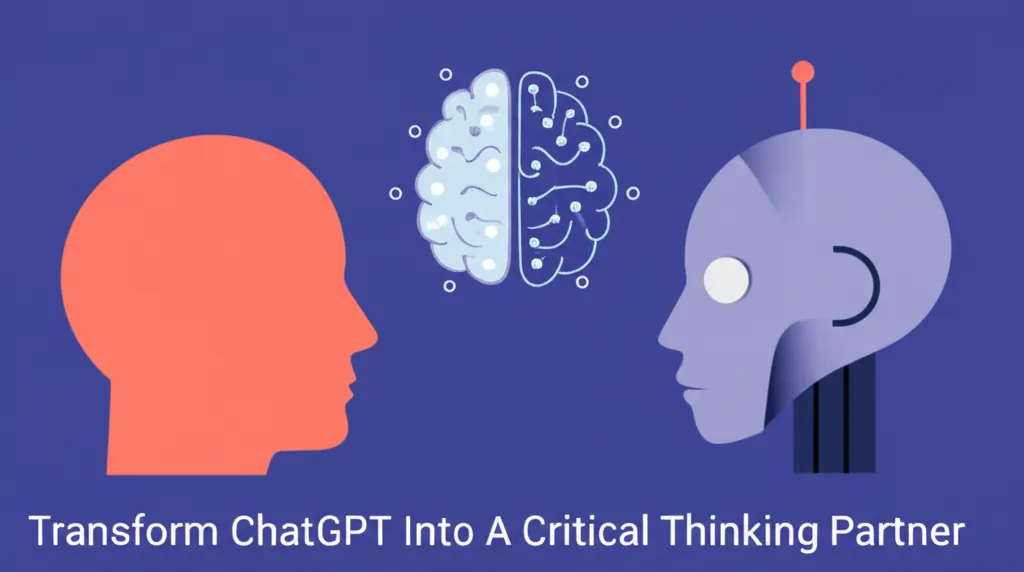Developer Offer
Try ImaginePro API with 50 Free Credits
Build and ship AI-powered visuals with Midjourney, Flux, and more — free credits refresh every month.
How AI Is Fueling Viral Relationship Pranks on TikTok
A new TikTok craze is blending artificial intelligence with relationship humor, sparking both jealousy and laughter. Creators are using AI tools to digitally add attractive, shirtless repair workers into photos of their homes. They then text these fake images to their partners to capture their shocked reactions, leading to viral videos and a debate about the ethics of AI-driven pranks.
The Viral Spread of the Shirtless Plumber Prank
The prank exploded on TikTok through short, punchy clips showing a text message exchange, the fabricated photo, and a partner's stunned reply. These videos often gain millions of views in just a few hours.
- First, creators stage a scene with a broken appliance or a messy part of their house.
- Next, they generate an edited image that shows a shirtless man seemingly fixing the issue.
- Finally, they send the image to their partner and record the reaction, either on camera or through text replies.
Popular accounts like @phoebeanddan have made this a recurring series. One of their clips went viral after the boyfriend questioned why a worker was shirtless and relaxing in their home. The trend has also been flipped, with men pranking their partners, showing its wide appeal.
The AI Tools Behind the Prank
The convincing visuals are created using generative image apps and AI editors. With just a few basic prompts and a photo of a room, anyone can create a realistic-looking composite image.
Common Tools and Approaches
- AI image generators that allow users to upload their own photos and add editing commands.
- Standard photo-editing apps for minor adjustments to lighting and composition.
- Creating multiple images to build a short, escalating story.
Often, simple prompts and a clear photo are all that's needed to produce a believable result. Creators frequently share app recommendations and prompt ideas in comment sections, making the trend easy for others to replicate.
A Step-by-Step Guide to the Prank
Here’s how most creators are pulling off the joke:
- Take a clear picture of the room or appliance where the fictional “repair” is happening.
- Upload the photo to an AI image tool and use a prompt to add a repairman, including details like “shirtless” or “handsome.”
- Fine-tune the generated image by adjusting the person's position, the lighting, or their facial expression to make it look more realistic.
- Save a few different versions to escalate the prank or build a short narrative.
- Send the images to an unsuspecting partner while recording their live reaction or waiting for their text replies.
Creators typically combine the text exchange, the partner’s replies, and the in-person fallout into a single, highly shareable video.
Why This AI Prank Captivates Audiences
The trend successfully combines several elements that perform well on social media: relationship drama, a visual punchline, and the novelty of AI technology. TikTok's algorithm favors short, emotional content, and this prank delivers perfectly.
- It’s relatable: Many people can relate to feelings of jealousy or worry about a partner's fidelity.
- It’s visual: The AI-generated images are shocking and easy to understand instantly.
- It’s repeatable: Anyone with a smartphone can try the prank themselves.
This combination fuels rapid sharing and makes the content perfect for remixes and variations.
From Laughter to Meltdowns: Real Partner Reactions
Reactions to the prank are varied. Some partners immediately laugh it off, ending the video with a hug. Others, however, react with genuine jealousy, anger, or confusion. These intense emotional spikes are often what propels a video to viral status.
Clips circulating on the platform show partners questioning their relationship, joking about ending an engagement, or demanding that the “plumber” leave their home immediately. In some cases, the prankster escalates the situation by sending more staged photos.
A Trend for Everyone, Not Just One Gender
While many viral examples show women pranking their boyfriends, the joke is not limited by gender. Men have also used the same AI method to prank their wives and husbands. The format is easily adaptable to any relationship dynamic.
The Ethical Debate Behind the Joke
As the trend's popularity grows, so do concerns about its potential downsides. Not every partner finds the prank funny, and creators should consider several issues before trying it.
- Emotional Harm: The prank can cause genuine feelings of betrayal, anxiety, or distress.
- Consent: Recording and publicly sharing a partner’s candid, emotional reaction can be a violation of trust.
- Misuse of Likeness: Generative AI can sometimes create images that resemble real people, which raises privacy and consent issues.
- Platform Rules: Social media sites like TikTok have evolving guidelines on AI-generated and manipulated content.
Many creators who post these pranks add disclaimers or state that they have discussed boundaries with their partners beforehand.
What Viewers and Experts Think
Comment sections on these videos are typically divided. Some viewers celebrate the creativity and humor, while others warn against normalizing deception in relationships.
- Supporters see it as harmless fun and an innovative use of new AI tools.
- Critics argue that using deception for clicks can damage the trust between partners.
- Neutral observers suggest a need for clearer guidelines around AI-edited content and consent.
The Future of AI-Driven Pranks
As AI editing tools become more powerful and accessible, we will likely see a rise in domestic pranks that blur the line between reality and fiction. Creators will continue to refine their techniques to make their AI-generated images nearly indistinguishable from real photos.
Brands and influencers may soon adopt this format for promotional purposes, while privacy advocates and educators will likely respond with campaigns promoting responsible and ethical use of the technology.
Compare Plans & Pricing
Find the plan that matches your workload and unlock full access to ImaginePro.
| Plan | Price | Highlights |
|---|---|---|
| Standard | $8 / month |
|
| Premium | $20 / month |
|
Need custom terms? Talk to us to tailor credits, rate limits, or deployment options.
View All Pricing Details

